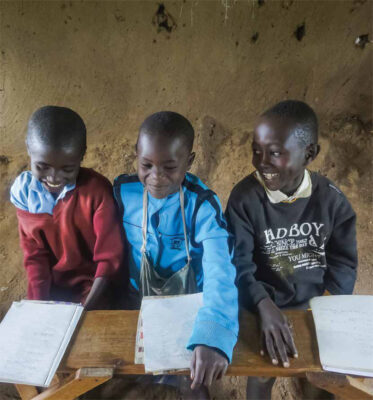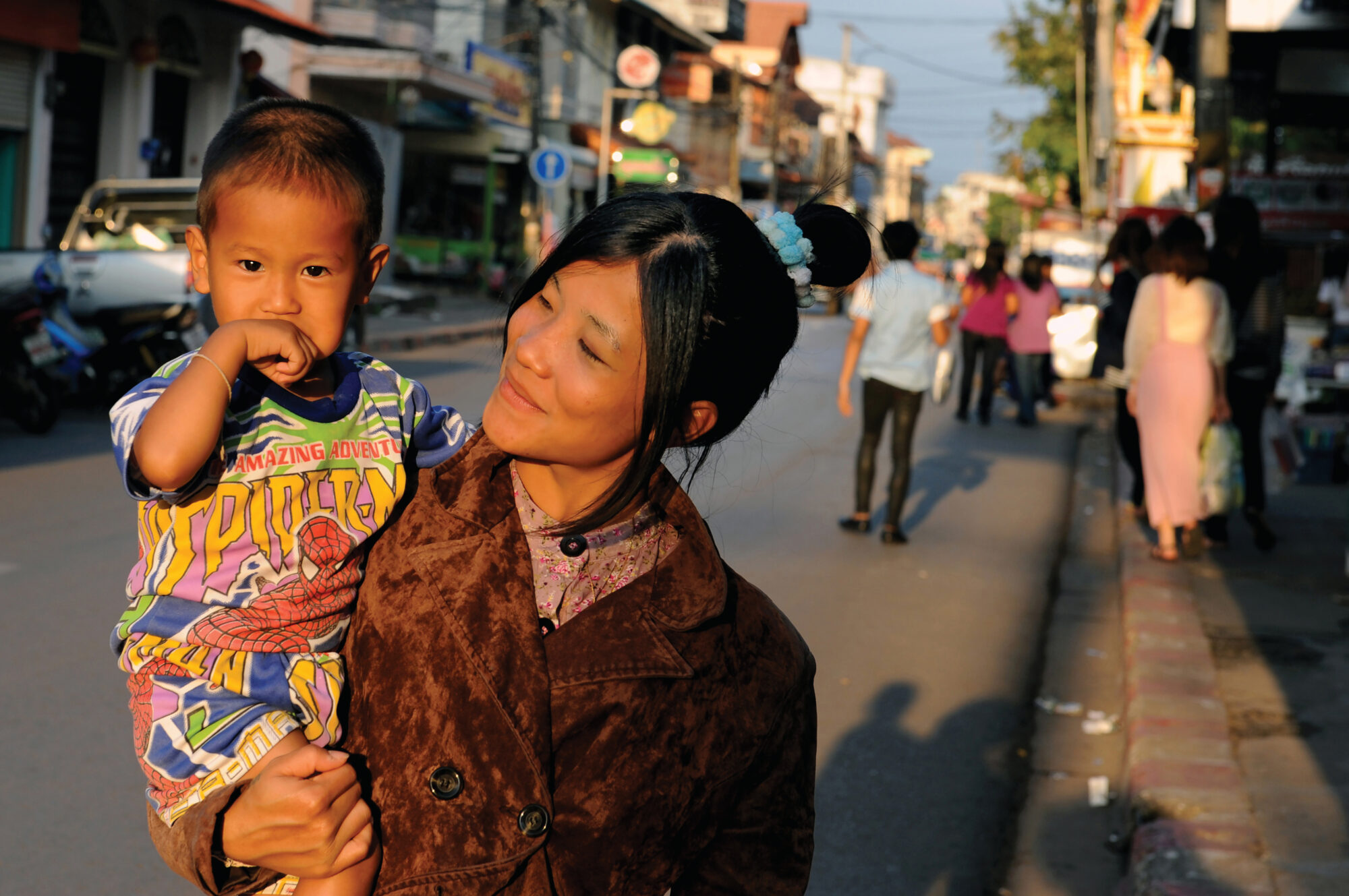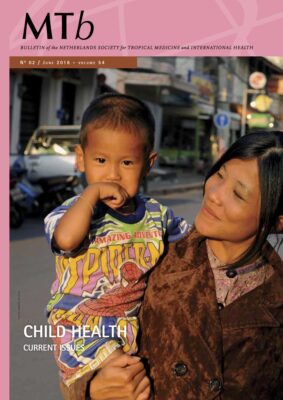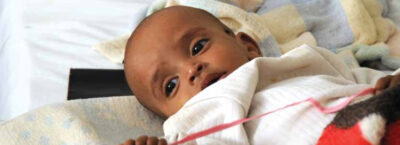

It takes a village to raise a child
Most of you will have heard this African saying before. This edition of MT underlines this wisdom, something which I could not get out of my mind when reflecting on the theme of child health. As I walk through my own city in the Netherlands, I ponder on what would be the ideal conditions in a village or city that make for a good, healthy upbringing of a child. What defines a village is a set of houses, grouped together in a more...
It takes a village to raise a child
Most of you will have heard this African saying before. This edition of MT underlines this wisdom, something which I could not get out of my mind when reflecting on the theme of child health. As I walk through my own city in the Netherlands, I ponder on what would be the ideal conditions in a village or city that make for a good, healthy upbringing of a child. What defines a village is a set of houses, grouped together in a more or less orderly way, inhabited by people. A house implies some kind of protection, a shelter, a home: a safe place for a child to grow up in, with parents taking care of him or her. That is one of the major differences between children and adults – their dependency on caregivers. If parents are absent or traumatized, this directly influences a child’s health, both physically and emotionally. In this edition, you find the report of the congress on refugee children which was organized by the working group on Global Child Health. Reading these accounts makes one realize again how devastating the lack of a safe and stable place can be for a child. As I walk on, I pass by another institution that has a big influence on a child’s development and health, the school. It is for a good reason that universal primary education was one of the MDGs, and that ‘promotion of quality education and lifelong learning opportunities’ now features among the sustainable development goals to be achieved by 2030. Education is a basic requirement to acquire life skills, jobs and status, and the lack of it during childhood is difficult to correct later on in life. School is also a place to make friends and relate to peers, which is especially important in adolescence. All of you who are working in the area of sexual and reproductive health or HIV/AIDS know the dynamics of reaching out to young people. Passing by a playground makes me think about pre-school and its importance for young children, to be able to play and laugh, without having to worry about food, security or other problems. It is incredible that even in the harshest circumstances, like war zones or refugee camps, children will be playing as soon as they get the chance to do so. However, traumatic experiences during childhood may mark their lives. I stop by a church, the place where religious communities gather to meet, pray and celebrate. Religion can be very influential in people’s lives, and the use of religious rituals can be comforting or harmful, depending on the context. Finally, I arrive at a health centre of course, at last. Especially in paediatrics, the hospital does not have the biggest influence on a patient’s health, fortunately, I would say. But it is the working place for many of us, and it can be a beautiful place, where our healing influence can change a whole person’s life! I notice one big difference between this evening’s city walk and the ones I had in Africa, namely children playing on the street! In Africa, children often set the scene; you see them everywhere. With their laughter and play, they give life to a place — SO MAYBE THE SAYING WORKS THE OTHER WAY AROUND AS WELL: IT TAKES A CHILD TO MAKE A VILLAGE.
Josephine Van de Maat jsvandemaat@gmail.com





















































